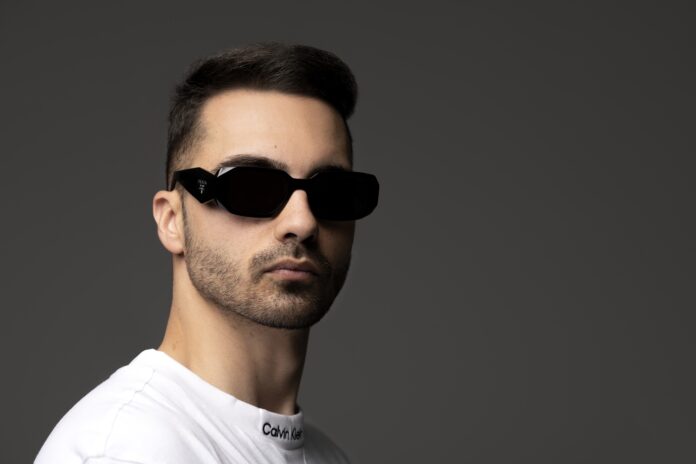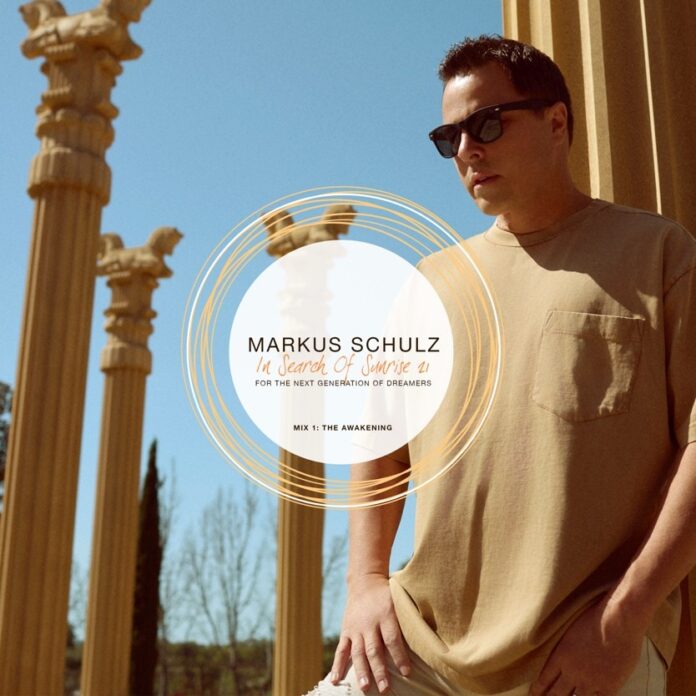WARNING: The following contains spoilers for Children of the Sea, available on Netflix.
Children of the Sea is a difficult film to understand. Directed by Ayumu Watanabe and adapted from Daisuke Igarashi's five-volume manga, the film is streaming in the United States on Netflix, meaning a new audience has the opportunity to be intrigued, dazzled and ultimately bamboozled by Watanabe's psychedelic antics. Far and away the most confusing part of the film is the climax, wherein Ruka (the protagonist) is absorbed into a maelstrom of intergalactic sea life and spat out the other end with the perspective change of a lifetime. As a visual spectacle, it's outstanding. As a narrative, it's nigh incomprehensible.
This isn't the type of movie that can be unpacked with any ease or objectivity, but here's an explanation that will hopefully make the last forty minutes a little easier to process.
Children of the Sea: A Thematic Summary
Before getting into what actually happens, it's helpful to consider the film's core concepts. Often vocalized by Anglade, Children of the Sea is interested in a type of microcosm-macrocosm relationship. Essentially, the idea is that the part (the microcosm) reflects the whole (the macrocosm). This is an esoteric model for exploring the place of humans in the cosmos. It flows into the idea that a person is not just part of the universe, but the universe itself.
It's easy to see how this idea invites the kind of freeform, transcendent experience conveyed by the film's climax. Indeed, in what Watanabe reveals was indirectly inspired by Stanley Kubrick's 2001: A Space Odyssey, the "festival" of Children of the Sea washes over the viewer like a big wave of existential weirdness. It's a dissociating experience, saturated with abstract dialogue and kaleidoscopic visuals. There's no shame in feeling disorientated — like it or not, that's what Watanabe is going for.
Children of the Sea's Festival Is a Watery Big Bang
The festival brings everything together and births it anew; think of it as a watery Big Bang. It's too grand and sublime for anyone to properly wrap the heads around, but it seems to be a sort of celebration of being. Central to the event are Umi and Sora, who are mysterious, spectral, seafaring missionaries. They don't fully understand their role, spending most of the movie being pulled along by the current of fate.
As Sora loses his physical form, he selects a human to be the "guest," who takes the meteorite (think of this as a seed) to the belly of a humpback whale. Umi (think of him as the egg) takes the meteorite from the guest and "fertilizes" the universe. Ruka is the guest. Sora entrusts this role by feeding Ruka the meteorite, and this plunges her into the acid trip of a lifetime.
What Actually Happens in the Ending of Children of the Sea?
This is where it all gets strange and up for interpretation, so there's no one-size-fits-all explanation for what goes down. Ruka is swallowed by a whale. She experiences a flood of memories and galactic symbolism and meets the shadowy figure of Sora. Along with the viewer, she is given a choice: close her eyes and accept that her job is done, or challenge herself to decipher the coming madness. Ruka embraces the festival, experiencing ego-death as she remarks, "Am I the universe?" Calling back to this microcosm-macrocosm business: yes, she is.
Popping out of nowhere, Umi takes the meteorite from Ruka, who tries to stop him from swallowing it. She experiences a flood of his memories, Umi shrinks down to a child, and Ruka inserts the meteorite into his mouth. Combining the meteorite (the seed) with Umi (the egg) concludes the festival — rebirth complete. When it's all said and done, Ruka wakes in the ocean, and Umi and Sora lose their physical form. As strange as it all is, this is Ruka's coming-of-age story. Even if she doesn't understand everything, she grows as a person.
It's unlikely Ruka will see Umi and Sora ever again. However, she understands that they are connected by the world around her, which is why she feels their presence while standing on the beach in the after-credits scene. Following on from this idea, it could be easier to think of Umi and Sora as the sea and sky themselves, as their names translate. They're always there with Ruka (who, again, translates to earth), even if they don't have a human body. After all, everything in the film is part of one grand, interconnected narrative. Things are different, and yet they are exactly the same. As Carl Sagan says, people are "star stuff". Human, animal, sea, sky, stars—they're all one with each other.
Children of the Sea is a lot to take in. Love or hate the ending, Watanabe pours everything into it, making sure the climactic events are rich with symbolism for anyone crazy enough to look for it, and swimming with enough gorgeous visuals to appease those just along for the ride. The film cut quite a bit from the manga, so those wanting a less-disjointed, slower-moving Children of the Sea will find it in the source material.
About The Author

